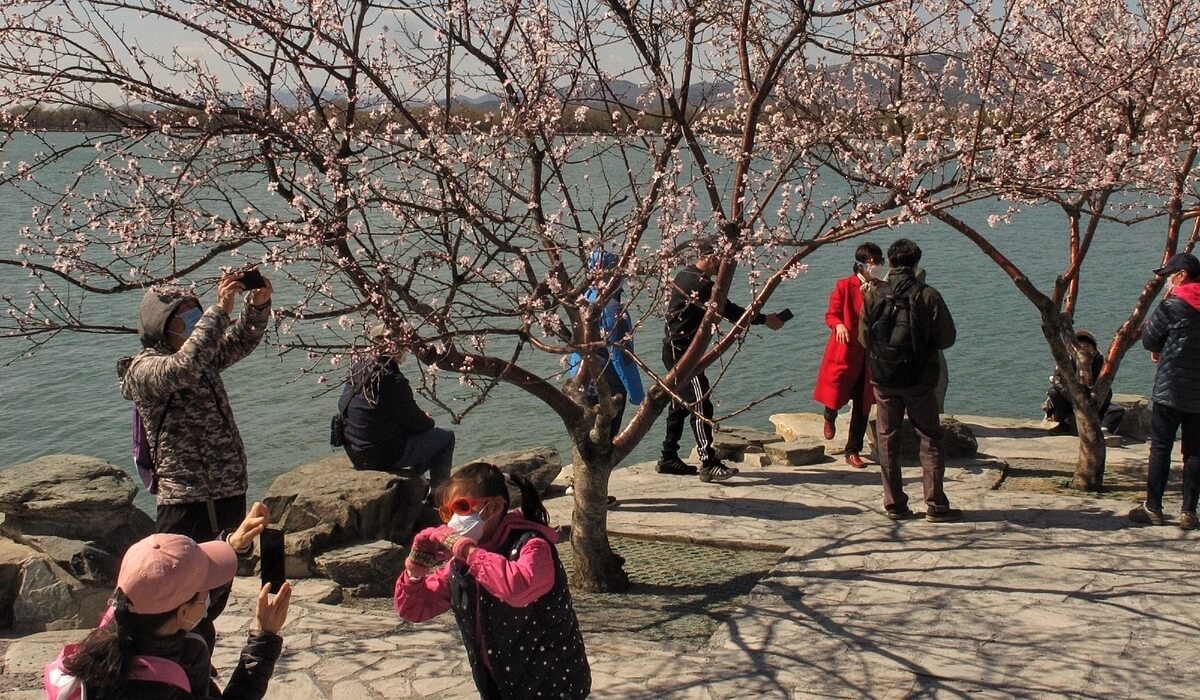Across the world, citizens are settling into a temporary new normal necessitated by efforts to slow the spread of the novel coronavirus, COVID-19. In the U.S., many are adjusting to working from home, self-quarantining, homeschooling, the closure of restaurants and the cancellation of sporting events. In the worst of cases, we are mourning the loss of lives and livelihoods, and we are fearful of our future. For inspiration, we look to China, which has reportedly emerged from its period of isolation. How is the country faring? Is there a light at the end of the tunnel? And how will the tech industry hold up going forward?
If the announcement issued by SEMI China on March 16 (as well as EE Times’ March 19 article “Is There Life After Quarantine?”) is any indication, there is reason to be cautiously optimistic. The economy in China has moved into active recovery, and the company’s core semiconductor businesses—fabs and OSATs—are ramped up to near-pre-epidemic levels. Overall, mainland China’s leading fabs and other production lines, as well as production lines in Wuhan, have been back in operation since early February. Since then, what we’re hearing from most of our clients seems to bear out that they are back functioning at about 80-90% capacity.
Most of China’s workers returned to their offices in early March; however, due to the remaining threat of COVID-19, they are required to continue wearing masks in the office, and outside visitors are not yet allowed into facilities. Our in-country colleague Sunny Gong, account manager for Asia-Pacific, reports, “In general, we can go where we like, although we must continue to wear masks, and have our temperature monitored. Many provinces have allowed schools to restart, and public areas, such as parks and shopping malls, have reopened, as well as most restaurants.” She adds that, in some provinces, people are being encouraged to dine in rather than use delivery services, to help spur recovery of the local economy.
Big Data Finds New Purpose in COVID-19
One key contributor to China’s recovery from COVID-19 has been its use of technology and big data. An electronic health certificate was developed to enable people to move between home and work. To obtain a health certificate, an individual uses his or her phone to scan a QR code, which provides information from the phone carrier regarding the person’s location over the previous 14 days. If the data confirms he or she has remained in one place for the required 14-day quarantine, the QR code turns green. The person then reports to the village government or apartment management for monitoring of his/her temperature and health condition; once this is confirmed, an electronic health certificate for travel or work is issued.
Several Chinese companies are also rolling out facial recognition technology that can detect elevated temperatures in a crowd, or flag citizens not wearing face masks. In addition, apps have been developed that use the personal health information of citizens to alert others of their proximity to infected patients and whether they have been in close contact.
These efforts are not limited to post-quarantine mask detection and crowd control. Artificial intelligence (AI) is being employed by companies in Asia, Europe, and the U.S. to aid in developing models for predicting how existing drugs, or new druglike molecules, could be used to treat the virus. This work could potentially help shorten the years-long cycle typically required to develop and market new drugs, providing significant opportunity for companies working in the AI arena to prosper while doing good. Businesses essential to life and health, such as telecommunications and medicine technology—as well as their suppliers and partners—are also likely to continue seeing strong demand through and following the pandemic.
There’s no doubt that the global ecosystem will be strained, and the timing of a large-scale recovery is difficult to predict given the number of variables involved. However, as we seek to flatten the curve of the disease’s spread and lessen the loss of lives and livelihoods, hope can be found in comments issued by China’s National Bureau of Statistics (NBS). According to the NBS, while the outbreak was responsible for the retreat of major economic indicators in China during the first two months of 2020, “the impact will be short-lived and controllable, as the spread of the virus has been curbed and fundamentals of the Chinese economy remained solid.” May the same soon be true for the rest of the world.



















